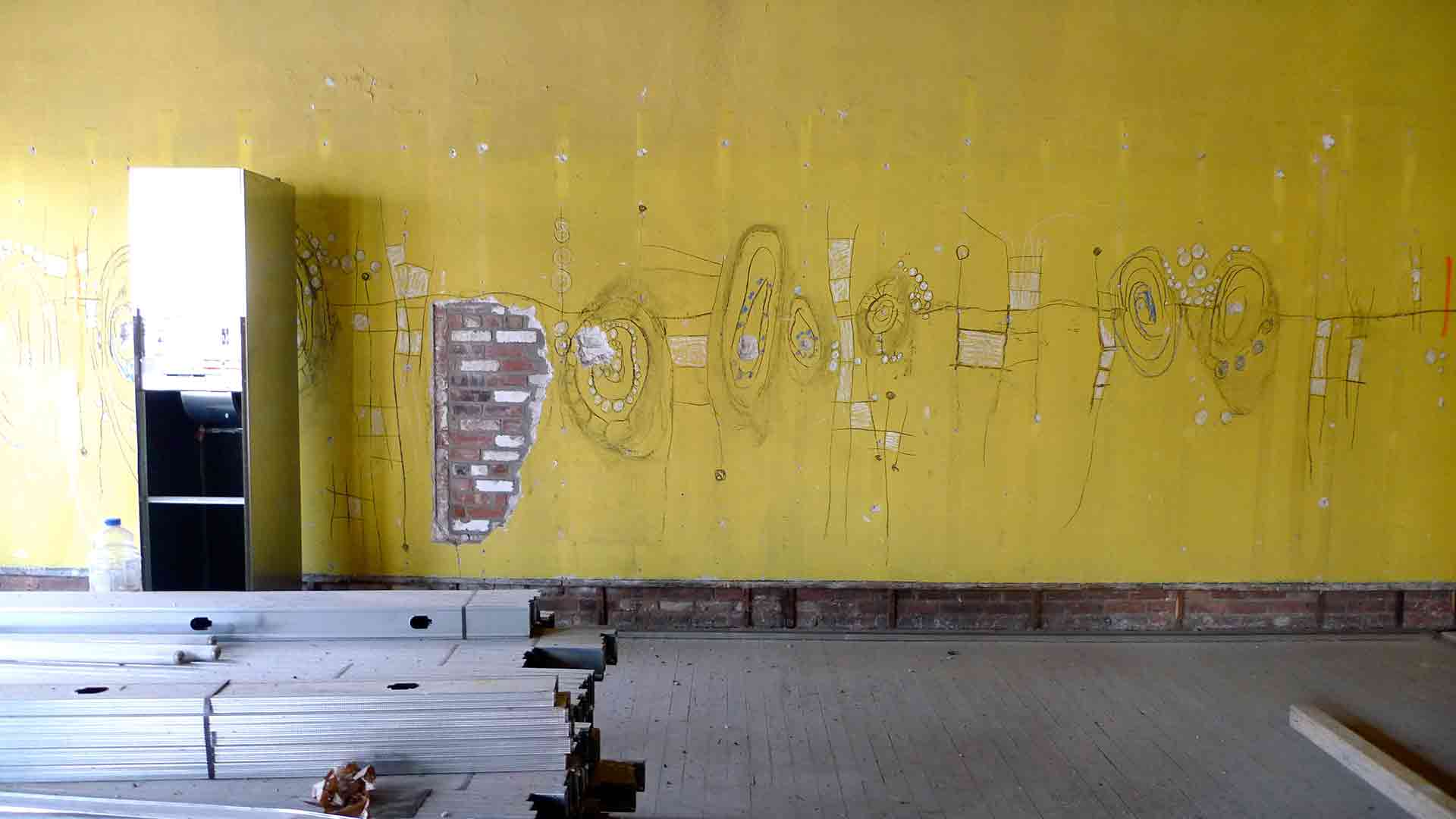
Who sets the agenda in America’s new urban core?
By Umberto Crenca
As the Founder of AS220 in Providence, Rhode Island, a community-based arts center responsible for $25 million of investment in Providence’s downtown – with 100,000 square feet of space and two new developments in process – I am an advocate for the role that art, culture and design can play in community development.
Community developers are now reconsidering past approaches that tragically bifurcated neighborhoods with our national highway system, moved street retail into mega malls, and promised utopian bliss in single family suburban homes. Some 70 years later, as we begin to imagine cities of the future, we have come to realize that our downtowns, big and small, provide more to the fabric of society than we may have realized. Creative placemaking — which sees art, culture and creativity as critical elements of urban vitality and development — has become key to what is now considered effective community development nationally and, to some degree, internationally. The desire to re-establish our urban cores as places of exchange and community engagement is a compelling and powerful movement that seeks to re-establish lines of communication, trade and cultural enrichment that the 1950s exodus into the suburbs ruptured.
But as we invest in and realize our new urban society through creative placemaking, it is critical that we ask the question: Who gets to play? Who creates the forums for issues of significance to be discussed? Who participates in those discussions? And how do we ensure that the process of planning, building and maintaining our cities is inclusive and results in a more equitable society?
Creative placemaking kicked off over a decade ago, in part based on Richard Florida’s idea of attracting a “creative class” of talent to cities through cultural lifestyle amenities. There are now national efforts like ArtPlace America and the National Endowment for the Art’s Our Town, as well as many local initiatives, that attempt to use culture as a way of rejuvenating cities. And yet many municipal efforts at creative placemaking are simply using cultural offerings as a means to an end, which is usually economic growth and development. Ultimately, these development methods often displace or ignore local residents in favor of attracting those of higher economic status.
Creative placemaking needs more consideration of the people who are already part of a community and those of us promoting it need to think of cultural activity as an end in itself, not just a means to an end. What if we considered that the creative talent we need to create a vibrant place already exists locally, it just needs the conditions to grow and to be nurtured?
To this end, a key piece of every urban development initiative should be creating secure and unrestricted maker spaces for local artists, makers and dreamers to come together to explore, to make, to present, to share, to learn, to teach, to rehearse. We need imagination to create new, improved and more equitable cities, cities rich with opportunities for all their residents. If we build a foundation that supports this creativity on a local level, we will inevitably attract new artists, makers and dreamers into the mix, while supporting the innate creativity of local residents. In doing so we will create environments where positive community outcomes are unpredictable, yet inevitable.
What kind of spaces are these? Artists, makers and dreamers need places for incidental and unpredicted encounters. They need access to tools and technology. So far, over 2,000 independent hackerspaces, fabrication labs and makerspaces have emerged globally to satisfy this need.
These venues cannot be elite spaces for just a select few. Access to these spaces needs to be flexible with multiple pathways to participation and they need to be made affordable with scholarships or volunteer systems. Artists, makers and dreamers need safe spaces to take risks. They need places where unintended collaborations can precipitate. These spaces need to be permanent fixtures in the community and agile in their programming to respond to the community as it changes, constantly challenging assumptions. They need radically diverse programming to appeal to different audiences — poetry slams, open mics, PechaKuchas, metal bands, fashion shows, concerts, rappers, poets, spoken word artists, and that which is yet to be defined. These should be places where panel discussions on community or global concerns can happen, the more difficult the topic the better.
I imagine a world full of places where people are invested in and dedicated to each other, like Project Row Houses in Houston, Crosstown Arts in Memphis, or City of Asylum in Pittsburgh, to name a few. By supporting spaces like these, creative placemaking becomes less like the Garden of Versailles, with carefully measured rows of predictable outcomes, and more like a compost heap, creating rich fertile environments with endless capacity to grow ideas, capitalizing on the infinite potential of each and every individual in residence. By creating these kinds of spaces and ecosystems ripe for creative activity, we build and sustain strong, agile and equitable urban communities over the long term. Creating this kind of community is what AS220 strives to achieve with its work in Providence and beyond. We work towards our vision of a just world where all people can achieve their full creative potential with the belief that these ideas, when applied in each city or town, would manifest in infinitely unique and original ways.
Photo by Nadya Peek via Flickr / Creative Commons
Umberco Crenca is a visual artist, performance artist and musician and founder of AS220, an unjuried, uncensored and all-ages forum and home for the arts in Providence, Rhode Island.

One thought on “Who sets the agenda in America’s new urban core?”